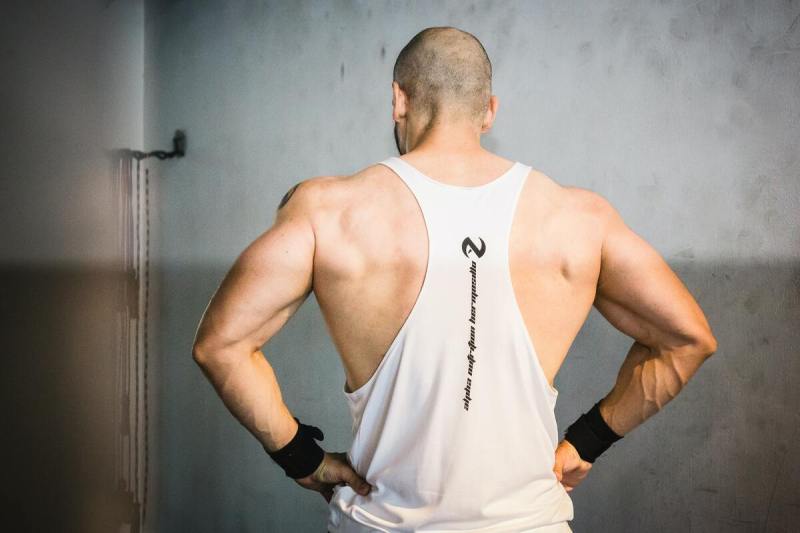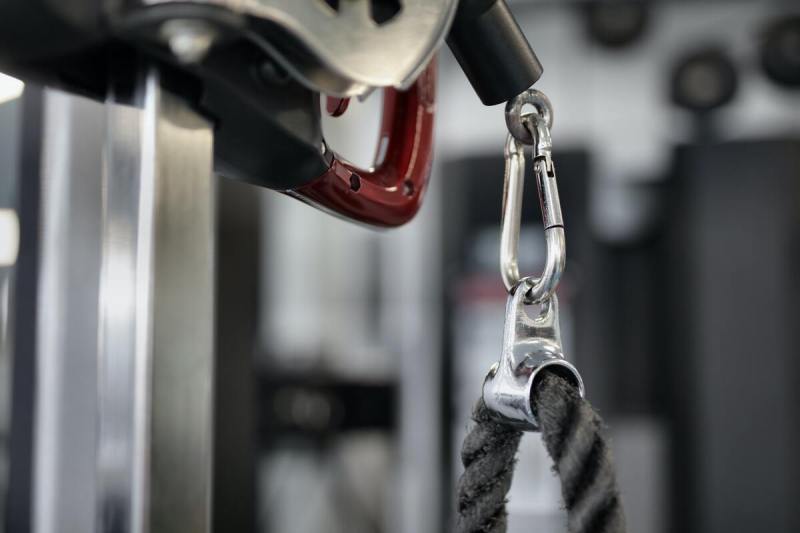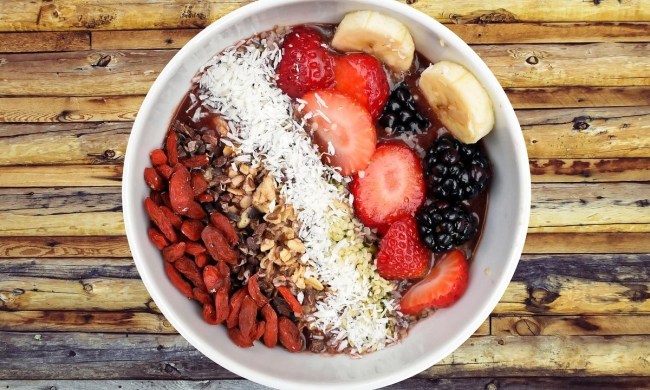
If you’re looking to build some serious shoulder muscles, cable shoulder workouts are an excellent place to start. Cable exercises provide constant tension throughout the movement, which can help stimulate muscle growth and increase strength. They make a great addition to your shoulder workout!
Anatomy of the shoulders

Before we dive into the benefits of cable shoulder workouts, it’s essential to understand the anatomy of the shoulders. The deltoid is a large, triangular muscle that covers the shoulder joint and is divided into three distinct heads: The anterior, lateral, and posterior deltoids.
The anterior deltoid is located at the front of the shoulder. This is the muscle you use to push overhead. The lateral deltoid is located on the outer edge of the shoulder, and it lifts the arm away from the body. The posterior deltoid is located at the back of the shoulder, and it extends and rotates the shoulder. Strengthening this muscle can help improve your ability to pull and row and create a more rounded appearance to the back of your shoulders.
By incorporating exercises that target all three heads of the deltoid muscle, you can achieve a well-rounded, balanced physique while also improving your overall strength and mobility. Cable shoulder exercises are an excellent way to target each of these muscle groups and achieve a balanced, aesthetically pleasing appearance.
Benefits of having developed shoulders

Improved posture
Strong shoulders help to pull your shoulders back and keep your spine in alignment. This can help improve your overall posture, reduce the risk of back pain, and make you look more confident and poised.
Increased upper body strength
The shoulders make up one of the key muscle groups involved in many upper body exercises, such as the bench press and pull-ups. By strengthening your shoulders, you can improve your performance in these exercises and increase your overall upper body strength.
Reduced risk of injury
Strong shoulders can help stabilize your shoulder joint and reduce the risk of injury, particularly when performing overhead movements or heavy lifting.
Enhanced appearance
Well-developed shoulders can help to create a balanced, aesthetically pleasing physique, especially when combined with a strong back and chest.
5 cable exercises for stronger shoulders

1. Front raises
Front raises target the anterior deltoid, which is the front portion of your shoulder. This exercise is an excellent choice for building strength and size in the front of your shoulders.
Instructions:
- Attach a straight bar to the cable machine at the lowest setting.
- Stand with your feet shoulder-width apart, facing the cable machine.
- Grab the bar with an overhand grip and hold it at waist height.
- Slowly raise the bar to shoulder level, keeping your arms straight.
- Pause for a moment at the top of the movement, then lower the bar back down to waist height.
2. Lateral raises
Lateral raises target the lateral deltoid, which is the middle portion of your shoulder. This exercise can help create the illusion of broader shoulders and improve your overall shoulder width.
Instructions:
- Attach handles to the cable machine at the lowest setting.
- Stand with your feet shoulder-width apart, facing the cable machine.
- Grab the handles with an overhand grip and hold them at your sides.
- Slowly raise the handles out to the side until they reach shoulder level.
- Pause for a moment at the top of the movement, then lower the handles back down to your sides.
3. Overhead press
The overhead press is a compound exercise that targets all three heads of the shoulder, making it one of the best cable machine exercises. This exercise can help build overall shoulder strength and size.
Instructions:
- Attach a straight bar to the cable machine at the highest setting.
- Stand with your feet shoulder-width apart, facing away from the cable machine.
- Grab the bar with an overhand grip and hold it at shoulder level.
- Press the bar overhead until your arms are fully extended.
- Pause for a moment at the top of the movement, then lower the bar back down to shoulder level.
4. Cable rear delt fly
The cable rear delt fly targets the posterior deltoid, which is the back portion of your shoulder. This exercise can help improve your shoulder posture and prevent shoulder injuries.
Instructions:
- Attach handles to the cable machine at the highest setting.
- Stand with your feet shoulder-width apart, facing the cable machine.
- Grab the handles with an overhand grip and lean forward slightly.
- Keeping your arms straight, raise your arms out to the side until they reach shoulder level.
- Pause for a moment at the top of the movement, then lower your arms back down to your sides.
5. Face pulls
Face pulls target the rear deltoids and the muscles of the upper back. This exercise is one of the best back workouts. It can help improve your posture and strengthen the muscles that stabilize your shoulder blades.
Instructions:
- Attach handles to the cable machine at the highest setting
- Stand facing the cable machine and grab the handles with an overhand grip.
- Pull the handles towards your face, keeping your elbows high and your shoulders back.
- Pause for a moment at the end of the movement, then slowly lower the handles back to the starting position.
Frequently asked questions
Are cables good for shoulders?
Yes, cables can be an excellent tool for developing strong, muscular shoulders. Cable exercises provide constant tension throughout the movement, which can help stimulate muscle growth and increase strength.
How do you hit all 3 delts?
To target all three heads of the shoulder, you should include exercises that target the anterior, lateral, and posterior deltoids. Examples of exercises that target each head include front raises for the anterior deltoid, lateral raises for the lateral deltoid, and cable rear delt fly for the posterior deltoid.
Are cables better than dumbbells for shoulders?
Both cables and dumbbells can be effective tools for developing strong, muscular shoulders. However, cable workouts offer the advantage of providing constant tension throughout the movement, which can help stimulate muscle growth and increase strength. Additionally, cable exercises allow for a greater range of motion than dumbbells, making them an excellent choice for targeting specific areas of the shoulder.



